It doesn’t matter what criteria you judge it against, the BMW M3 is a genuine motoring icon. The M3 nameplate is about to turn 25. Four generations on the reputation carved by the original E30 M3 has been upheld at every step.
AUSmotive will be adding a large image gallery soon. In the meantime you can download BMW’s full press release and engine specs for every car to wear an M3 badge over the last 25 years. You might also enjoy reading over our previous Past Master article on the E30 M3, which includes images of an early M3 sales brochure from the United States.
UPDATE: Dr Kay Segler, AUSmotive’s new best friend has been busy announcing the 1 Series M Coupé, but he has also said a few things about the M3. You can read those words at the end of this article.
The story of an exception: the BMW M3 is 25
09.07.2010 – The anticipation began in August 1985. That summer Germany’s automobile magazines built up their readers’ expectations for the fastest 3 Series BMW of all times. The key data revealed a sports car that would punch way above its class: 200 hp, top speed in excess of 230 km/h, sprint from a standing start to 100 km/h inside 6.7 seconds. However, the story was that “the most dynamic BMW 3 Series drivers†would have to wait until mid-1986. The pundits were right on that count. But one prediction missed the mark by a mile: anyone who “wants to be in the A Team needs to be turbocharged under the bonnetâ€. Not true.
The BMW M3 became the most successful touring car in motor-sport history. The M3 project was launched just a few months earlier. Production of the M1 mid-engine sports car had already been discontinued for some time and BMW CEO Eberhard Kuenheim commissioned a design for a successor, almost as an aside, according to legend. After one of his regular visits to Motorsport GmbH in Munich’s Preußenstraße he said, almost as he was leaving: “Mr. Rosche, we need a sporty engine for the 3 Series.†His aspiration was in good hands. Motorsport GmbH with its managing director of technical development Paul Rosche had demonstrated its expertise with the legendary 5 Series saloons driven by M engines as well as developing the Formula 1 turbo engine that powered Brazilian Nelson Piquet to win the World Championship in the Brabham BMW in 1983.
The new 3 Series engine had something in common with this: the crankcase. It originated from volume production and actually formed the basis for the two-litre engine with four cylinders. Four cylinders meant less weight and high torque, an ideal platform for a sports engine in the projected displacement class. Naturally enough, the series four-cylinder engine was much too tame for a sports engine. A comprehensive power boost was called for in order to turn the plucky daily workhorse into an athletic and sporty power unit. The BMW design engineers increased the displacement to 2.3 litres and applied a formulation that had already achieved significant successes over a period of many years: four-valve engineering. There was also another reason for the decision to opt for a four-cylinder engine and not adopt the six-cylinder engine introduced in the BMW 3 Series. The longer crankshaft in the big engine started to vibrate much earlier than the shorter four-cylinder shaft. The design engineers therefore designed the crankshaft drive of the BMW M3 with sufficient torsional stability to achieve 10,000 revolutions a minute and more. By comparison with the four-cylinder engine installed in the series vehicles, this represented an increase of more than 60 percent. The rated speed for the road version of the BMW M3 was still significantly below the critical range at 6,750/min and therefore offered sufficient scope for further developments.
Paul Rosche recalls: “We started work immediately. One advantage was that the big six-cylinder engine originally had the same cylinder gap as the four-cylinder engine. We therefore cut two combustion chambers off the four-cylinder head of the M88 and bolted a panel over the hole on the rear side.†This meant that the new four-cylinder engine had a second forebear. The six-cylinder engine that had initially created a sensation in the M1 and had meanwhile transformed the M635CSi into one of the fastest coupés in the world. Paul Rosche: “Whether you believe it or not – we had created an outstanding four-cylinder engine for the 3 Series within the space of two weeks. Under the development name S14, this engine was to generate headlines in sport and in volume production over the years to come. One Sunday, I drove to von Kuenheim’s flat and gave him the car for a test drive. When he came back he said: ‘Good, I like it.’ And that’s how the M3 came into being.”
Downloads
- Full press release (520kb PDF)
- M3 Technical Specifications (700kb PDF)
Automobile dreams. Making them come true.
The next chapter.
9. Juli 10
Dr. Kay Segler has been in charge at BMW M GmbH for just over a year. Under the motto “Automobile dreams. Making them come true”, the BMW M3 GTS was created as an impressive example of how important it is to “Mister M” to fulfil customer wishes.
His philosophy is that making dreams come true has top priority. This is also reflected by numerous prototype photographs currently in circulation on the internet. As the BMW M3 celebrates its 25th anniversary, we were interested to find out more.
Dr. Segler, the BMW M3 was first produced in 1986 and delivered from 1987. Hasn’t the anniversary got underway a little early?
The BMW M3 was presented to the world public at the IAA in Frankfurt in 1985. This is generally our reference point. But in a way you are right: we could celebrate the anniversary of the BMW M3 over a period of three years – the car certainly deserves it.
Will there be an anniversary model? A special edition?
Very much so. With the BMW M3 GTS we have a model in the range which more than fits the bill in this regard. Whether or not there will be any other special edition produced on a larger scale is not possible for me to say at the moment.
How many BMW M3 GTS will there be?
We don’t want to state a concrete figure at the moment. However, production capacity for this hand-made vehicle is highly limited. As things stands at the moment there will be fewer than 150 BMW M3 GTS. So it will be a rare collector’s piece.
How important is the BMW M3 to BMW?
As far as BMW M GmbH is concerned it is the core model, the backbone. No other BMW M automobile embodies the values of our brand more consistently. This applies not just to BMW M but to BMW as a whole.
Which is your favourite M3?
One of my first official acts last year was to test drive our current and our historical models. One of them impressed me particularly: the BMW M3 E30.
What is that you especially appreciate in the car?
The BMW M3 of the first generation still offers excellent handling and a very special drive feel. It is direct and focused on the essentials – a pure driving machine. And at its time it was unsurpassed.
How do you define unsurpassed?
Everyone dreams, many people have automobile dreams. So it’s important to make these dreams come true. Some decide to make dreams come true for a small group of people. We would like to reach a wider group, and at an earlier time in their lives.
Why is there nothing like this today?
All models grow, have more equipment features and options which can be freely chosen. Ultimately this is reflected in the vehicle dimensions, weight and price, too. This is why it is one of my most urgent goals to offer a small, affordable M model in the tradition of the very first BMW M3.
[Source: M-Power.com]
You can read more about that more affordable M model HERE.
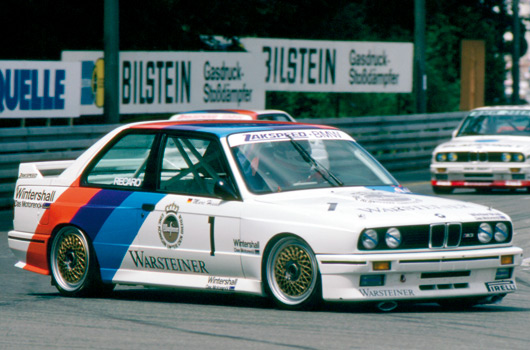
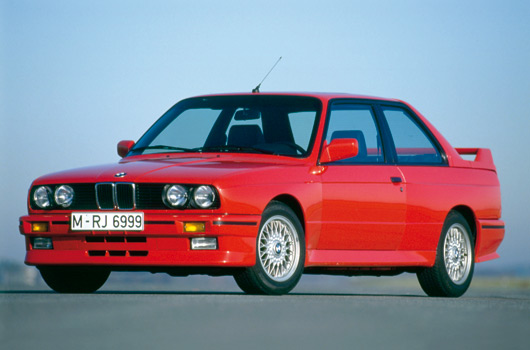
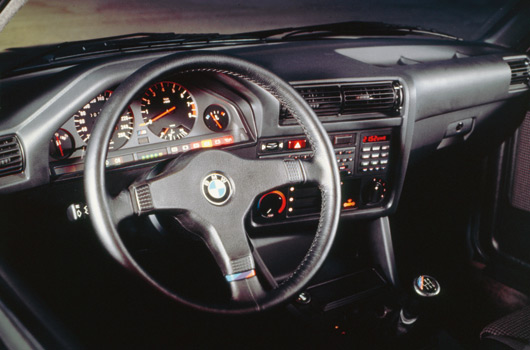
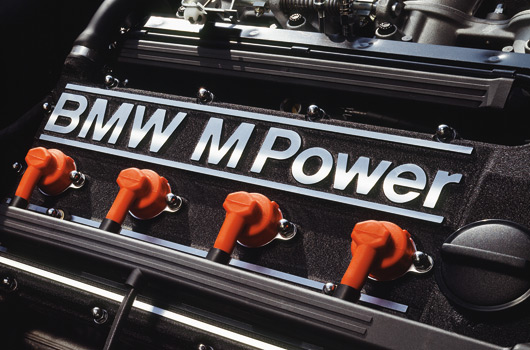
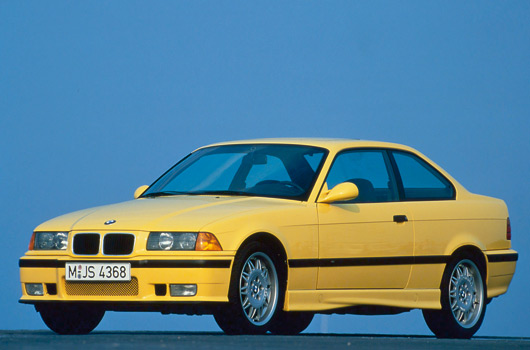
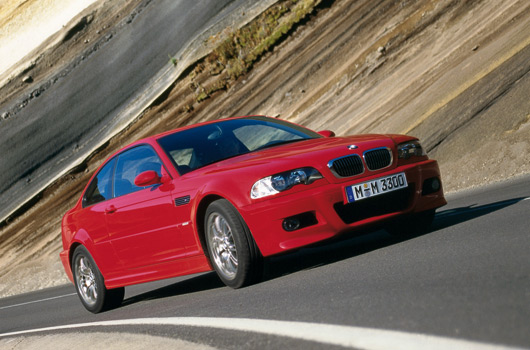
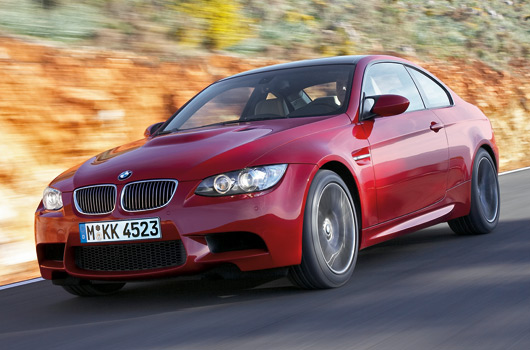
5 replies on “25 years of the BMW M3”
Cool. But I think I want one of these now…
http://www.1addicts.com/forums/showthread.php?t=406297
[…] week BMW brought us news about the iconic M3 celebrating 25 years. There’s been just four generations of M3s in that time; if you compare the original E30 to […]
[…] few days ago BMW celebrated the 25th anniversary of the mighty M3. They did so with a press release and a gallery of photos. Perhaps this video of a race -prepped E30 M3 lapping the Ring in under 7 […]
[…] few days ago BMW celebrated the 25th anniversary of the mighty M3. They did so with a press release and a gallery of photos. Perhaps this video of a race -prepped E30 M3 lapping the Ring in under 7 […]
[…] in July BMW released a press statement to acknowledge the 25th anniversary of their almighty M3. AUSmotive followed by trawling through […]